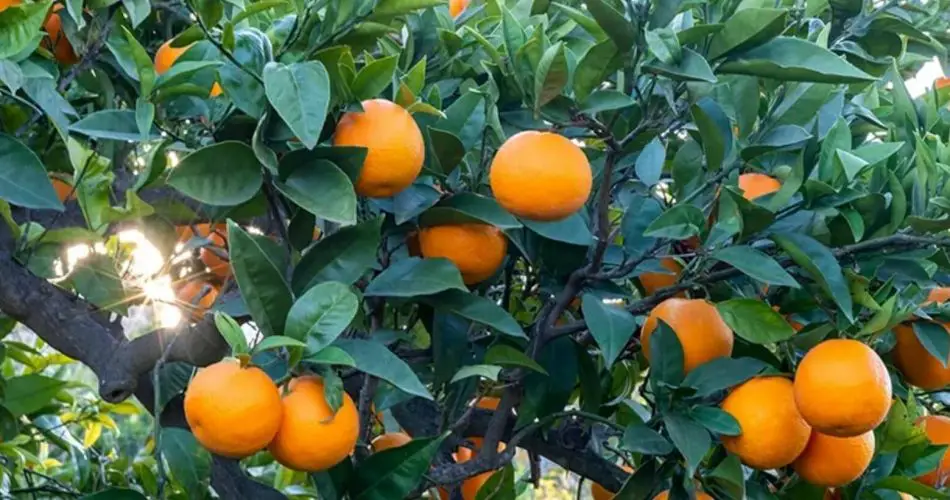
A fully mature orange produces an abundance of elongated, pale seeds that can be utilized as the basis for cultivating new orange trees (Citrus sinensis L.). These seeds, also known as pips, demonstrate uncomplicated sprouting without the need for any prior treatment and swiftly develop into lush, perennial foliage. Despite this, orange trees grown from seeds exhibit a leisurely growth rate, typically requiring seven to eight years before bearing fruit.
Seed Preparation:
The vitality of orange seeds declines rapidly once separated from the fruit, underscoring the importance of readiness before slicing the orange. Choose seeds from a fully mature fruit with a vibrant orange hue and no signs of green, ensuring they originate from robust, unblemished fruits free of decay or mold. To enhance the chances of successful germination, utilize a minimum of four orange seeds, washing them thoroughly in fresh, cold water to eliminate residual sugars. Allow the seeds to air dry on a paper towel while preparing the pots for germination.
Sowing Tips:
Achieving the correct moisture balance and planting depth is crucial for the effective germination of orange seeds. Utilize a clean pot measuring 6 to 10 cm, with at least two drainage holes at the base, and fill it with sterile potting soil comprising equal parts crushed peat moss and fine perlite. Leave approximately 1 cm from the rim, position two seeds on the surface near the center with a gap of around 1 cm, and cover them with 0.5 to 1 cm of potting soil. Sprinkle the medium with water to settle it, ensuring proper cohesion.
Care During Germination:
Successful germination of orange seeds requires temperatures exceeding 21°C. Place the pots on a germination mat or in a naturally warm spot, such as above a refrigerator or close to a water heater. Cover the pot with cling film to retain warmth, leaving loose edges for excess moisture to escape. Maintain consistent moisture in the soil, allowing the surface to slightly dry before the next watering. Most orange seeds sprout within 7 to 10 days in warm conditions, although some may take longer. Once sprouts appear, remove the cling film and relocate the pots to a window facing west or south, receiving at least four hours of sunlight daily.

Seedling Selection:
Orange trees produce two distinct types of shoots from seedlings: vegetative shoots and genetic shoots. Vegetative shoots replicate the characteristics of the parent tree, ensuring high-quality fruit production. On the other hand, genetic shoots, influenced by cross-pollination, may not result in similar fruit quality and should be eliminated. Each orange seed has the potential to yield three sprouts: one genetic and two vegetative. Given the sturdier nature of vegetative shoots, it is advisable to remove the weaker genetic shoot at the base, promoting optimal nutrient absorption.
Transplantation and Monitoring of the Orange Tree:
The nutrient content in the sterile medium used for orange seed germination is insufficient for robust seedling development. Consequently, transplant the seedlings into new pots measuring 10 to 15 cm, filled with citrus-based potting soil and equipped with drainage holes. Place these pots in a well-lit, sunny area with southern exposure, ensuring to water the seedlings when the surface soil dries, and adding water until it drains from the bottom of the pot. While orange trees can thrive in containers, their optimal performance is achieved when planted outdoors within their preferred climate range.